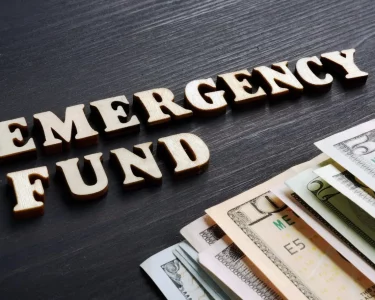Are you curious about how the Federal Reserve’s hawkish policies affect the price of gold? Look no further than this blog post! As investors and traders keep a close eye on the central bank’s actions, understanding the impact of a hawkish Fed on precious metals can help you make informed decisions in your portfolio. Join us as we delve into what it means for gold when interest rates rise, inflation expectations change, and economic growth shifts – all through the lens of an increasingly hawkish Fed. Get ready to learn more about this fascinating topic!
What is the Federal Reserve?
The Federal Reserve is an American government-sponsored central bank. It was founded on December 23, 1913, and became operational on January 3, 1914. The primary role of the Fed is to promote economic stability by helping to regulate the money supply and interest rates. In addition, the Fed also oversees banking activities and provides financial assistance to businesses in times of need. The Fed’s primary tool for achieving these objectives is through its monetary policy decisions. Monetary policy refers to the actions that a central bank takes to influence the level of circulating currency and interest rates in an economy. These decisions are often made in response to changes in economic indicators such as employment levels or inflation rates. The current Chairman of the Federal Reserve is Jerome Powell.
The History of the Fed
The Federal Reserve was established in 1913 after the Panic of 1907. Prior to that, the nation’s monetary system was based on gold and silver certificates. The Fed’s main function is to regulate and control the money supply. When the economy is weak, the Fed decreases interest rates which stimulates economic activity by making borrowing more affordable and lending more available. When the economy strengthens, the Fed increases interest rates which can cause a recession by discouraging borrowing and lending.
The Fed also oversees what are called “federal funds” which are short-term loans made between banks. This allows banks to maintain liquidity (the ability to sell assets quickly) in times of stress. The Fed also sets reserve requirements which determine how much banks must hold in cash and deposits (to guard against future bank runs).
The ultimate goal of the Federal Reserve is to ensure that there is always enough money available to support commerce and employment nationwide.
What does the Fed do?
What does the Federal Reserve do?
The Fed is a federal agency that was created in 1913 to regulate the banking system and maintain price stability. The Fed also helps to promote economic growth by working to decrease interest rates and increase liquidity in the economy.
The Fed’s primary objectives are to foster maximum employment, stable prices, and moderate long-term interest rates. To achieve these goals, the Fed conducts open market operations which are purchases and sales of securities. Open market operations can also include lending facilities such as overnight loans or lines of credit.
How does a Hawkish Fed impact the Gold Market?
A hawkish Federal Reserve is typically viewed as a bullish for the gold market, as it means more interest rates are being raised to keep inflation in check. Historically, when the Fed has been more hawkish, gold prices have generally increased. This is due to investors seeking safety in gold during times of economic turmoil and uncertainty. The Fed’s decision on whether or not to hike rates will impact the gold price, and so there is always some uncertainty around these moves.
Conclusion
Since the Federal Reserve started raising interest rates in December, the gold market has been volatile. Although there is no one clear answer as to why this is happening, some analysts are blaming a hawkish Fed for influencing the market. A hawkish Fed signals that the Federal Reserve expects inflation to rise and it wants to raise interest rates in order to slow down or stop this inflation. This makes it harder for people who invest in gold because they think it will be an safe investment during times of high inflation.




